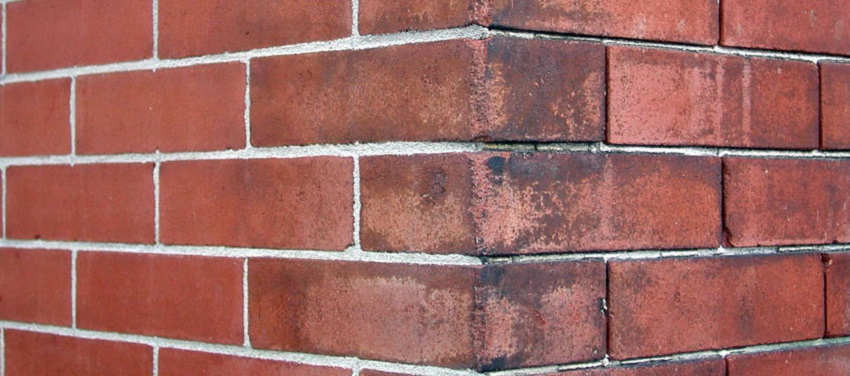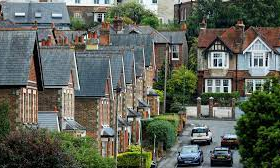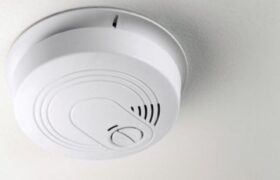Masonry tuckpointing is the process of filling in the gaps between the mortar and bricks of a masonry structure. It is an essential maintenance task that helps to protect the integrity of the structure and prolong its lifespan.
However, many property owners are often hesitant to undertake tuckpointing due to concerns about the cost. In this blog post, we will explore the cost vs. value of masonry tuckpointing.
Factors Affecting Tuckpointing Costs
The cost of masonry tuckpointing can vary depending on several factors, including the size of the area to be tuckpointed, the type of mortar used, the extent of the damage, and the accessibility of the area. For instance, if the area to be tuckpointed is difficult to access, such as a chimney or a roof, the cost may be higher. The type of mortar used can also affect the cost. Typically, the cost of masonry tuckpointing with hydraulic lime mortar is higher than that of Portland cement mortar.
Finding affordable yet high-quality tuckpointing services can be challenging. However, Paragon Remodeling offers affordable masonry tuckpointing services without compromising on quality. With years of experience and a team of skilled professionals, they provide excellent tuckpointing services to enhance the overall look of your building.
Beyond Aesthetics: Value of Tuckpointing
Masonry tuckpointing not only enhances the aesthetics of a masonry structure but also provides other significant benefits. For instance, tuckpointing helps to prevent moisture from penetrating the structure, which can lead to decay, mold growth, and structural damage. Additionally, it helps to prevent insects and rodents from entering the structure through the gaps in the mortar. Overall, tuckpointing helps maintain a masonry structure’s structural integrity and prolong its lifespan.
Expected Return on Investment (ROI)
The cost of masonry tuckpointing may seem high, but the expected return on investment can be significant. In most cases, tuckpointing can increase the value of a property by enhancing its curb appeal and protecting its structural integrity. According to some studies, tuckpointing can yield an ROI of up to 75%. Furthermore, tuckpointing can also help to reduce the cost of energy bills by improving insulation and reducing air leaks.
Cost-Saving Benefits of Tuckpointing
Masonry tuckpointing can help to save money in the long run by preventing costly repairs and replacements. For instance, by preventing moisture from penetrating the structure, tuckpointing can help to prevent the deterioration of bricks and other masonry materials.
Additionally, tuckpointing can help prevent structural damage that can be costly. Property owners can avoid the high costs of repairing or replacing damaged masonry materials by investing in tuckpointing.
Tuckpointing vs. Brick Replacement Costs
In some cases, tuckpointing may not be enough to repair the damage to a masonry structure, and brick replacement may be necessary. The cost of brick replacement can be significantly higher than that of tuckpointing, as it involves removing and replacing entire bricks. However, in some cases, brick replacement may be the only viable option, such as when the damage is extensive or affects the structural integrity of the building. Property owners should consult a professional masonry contractor to determine the best action.
Financing Options for Tuckpointing
Financing options for tuckpointing include personal loans, home equity loans, and credit cards. Personal loans typically have higher interest rates and shorter repayment terms, while home equity loans have lower and longer repayment rates. Credit cards are an option but should be used with caution due to high-interest rates.
It is important to research and compares financing options before committing to a loan. Some lenders specialize in home improvement loans and offer competitive rates and terms.
DIY Tuckpointing Costs
DIY tuckpointing can save money but requires skill and expertise. The cost of materials for DIY tuckpointing can range from $0.25 to $1 per square foot, while the cost of professional tuckpointing can range from $7 to $15 per square foot.
It is important to consider the potential risks and mistakes that can occur during DIY tuckpointing. Improper techniques and materials can lead to additional repair costs in the long run.
Balancing Cost and Quality with Contractors
When hiring a contractor for tuckpointing, it is important to balance cost and quality. The lowest bid may not always provide the best value. Researching and comparing multiple contractors, asking for references, and reviewing portfolios is essential.
Additionally, it is important to ensure that the contractor is licensed, insured, and experienced. A reputable contractor will provide a detailed estimate including the cost of materials, labor, and additional fees.
Negotiating Tuckpointing Costs
Negotiating tuckpointing costs can be a challenge, but it is possible. It is important to communicate clearly with the contractor and express any concerns or questions.
Some negotiating tactics include asking for discounts, comparing bids from multiple contractors, and negotiating the project’s scope. Additionally, it is important to have a written contract that outlines the project details and cost.
Maintaining Brickwork After Tuckpointing
Maintaining brickwork after tuckpointing is essential for long-term durability and appearance. Regular maintenance includes inspecting the brickwork for cracks or damage, cleaning the brickwork, and sealing the brickwork.
It is important to avoid using abrasive cleaners or pressure washers, as they can damage the brickwork. It is also essential to use a high-quality sealer appropriate for the brickwork’s type and location.
Conclusion
The cost vs. value of masonry tuckpointing is a crucial consideration for homeowners. Financing options, DIY costs, balancing cost and quality with contractors, negotiating costs, and maintaining brickwork after tuckpointing are all factors that should be considered before committing to a tuckpointing project. With proper research and planning, homeowners can ensure that their brickwork is durable and aesthetically pleasing for years to come.




